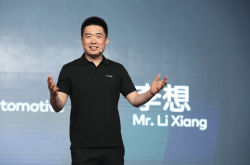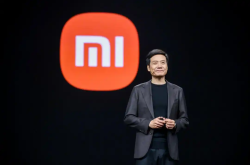The Remarkable Turnaround of Leapmotor: What Has Zhu Mingjiang Done Right?
![]() 11/28 2025
11/28 2025
![]() 532
532
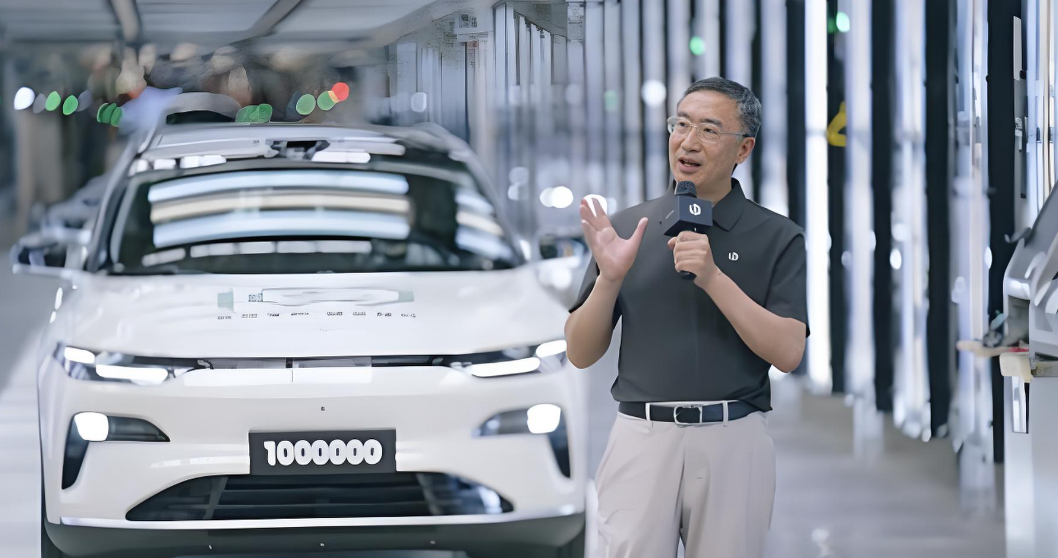
Equipping vehicles with over-the-top specifications is the sole path to survival.
Author | Mr. Dongguan
Produced by | Electric Guild
A decade ago, Leapmotor faced skepticism due to its lack of automotive expertise. Today, it has outperformed "NIO, XPeng, and Li Auto" for eight consecutive months. Its journey from obscurity to prominence is the most unexpected narrative in the history of China's new energy vehicle development.
"Six years ago, people questioned me, saying, 'You don't have a background in cars, so why are you venturing into this field?' Three years ago, some predicted that Leapmotor wouldn't last a year... Now, a decade has elapsed, and Leapmotor stands strong, growing clearer and more determined with each passing day." Standing at the company's 10th-anniversary celebration, founder Zhu Mingjiang reflected on this remarkable journey.
In October 2025, Leapmotor sold over 70,000 units, marking an 84% year-on-year surge and securing the top spot in new energy vehicle sales for eight consecutive months. Additionally, it achieved a net profit of 150 million yuan in the third quarter, becoming the second profitable new energy vehicle startup after Li Auto.
How did this brand, once dismissed as a "minor player," ascend step by step to become an industry dark horse?
01
The Turnaround Path: From Obscurity to Prominence
Leapmotor's growth trajectory resembles a meticulously crafted rebellion. In 2015, Zhu Mingjiang, the founder of security giant Dahua Technology, conceived the idea of building cars after test-driving a Renault electric vehicle in Spain. With a distinct cross-industry background, he ventured into the automotive sector.
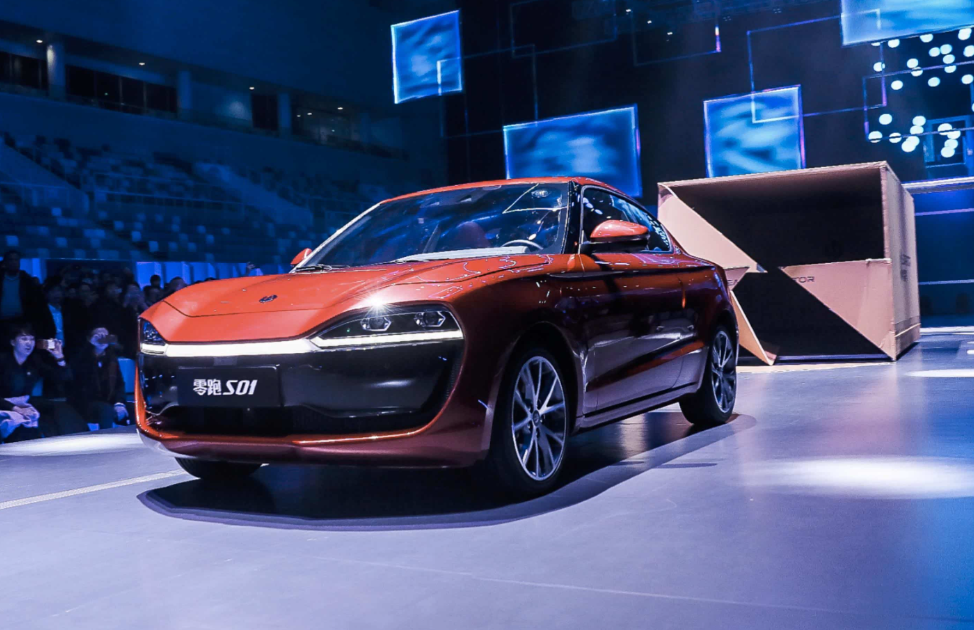
Leapmotor's early days were fraught with challenges. Its 2019 debut, the S01 coupe, flopped with cumulative sales under 3,000 units, branding it a "niche player." Zhu admitted, "2020 was the toughest year of my life. Our first C11 nearly collapsed due to funding interruptions."
At the brink of survival, the May 2020 launch of the T03 microcar became a lifesaver. Priced at 70,000 yuan, it featured rare L2-level autonomous driving assistance for its class, quickly surpassing 10,000 monthly sales and buying Leapmotor time to recuperate.

The real turning point came in 2021. Leapmotor's all-in resource investment in the extended-range SUV C11 resonated with families, offering "150,000 yuan pricing with 300,000 yuan luxury." Dubbed the "half-price Li Auto" by the market,
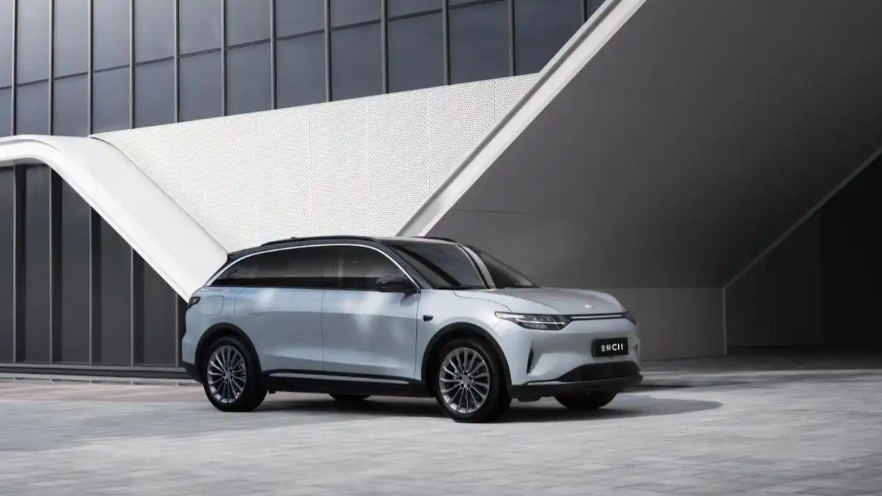
this model propelled Leapmotor from 1,000 monthly sales to over 10,000 within four years, reaching a cumulative 250,000 units by 2024 and becoming its profit core.
02
The Explosion Code: Precise Alignment of Cost and Product
Leapmotor's success is no accident but the result of its unique strategy.
Full-domain self-research builds a cost moat. Leapmotor adheres to a "full-domain self-research" strategy, developing capabilities across the "three electric systems" (battery, electric motor, electronic control), intelligent driving, and electronic architecture.
In 2020, China's first self-developed AI intelligent driving chip, "Lingxin 01," entered mass production, breaking international monopolies. The 2024 LEAP 3.0 architecture achieved "four-domain integration" for cabin, driving, travel, and parking functions, with an 88% generalization rate, significantly reducing R&D costs.
More revolutionary is the "Four-Leaf Clover" central integrated electronic architecture, which reduces 42 traditional distributed controllers to 8, cuts wire harness length by 30%, and lowers energy consumption by 25%. This highly integrated design maintains Leapmotor's 15%-20% cost advantage, underpinning its "high-spec, low-price" strategy.

Precise positioning in the mainstream price range. While most new energy startups target the premium market above 300,000 yuan, Leapmotor focuses on the 100,000-200,000 yuan segment—the "largest cake" accounting for over 50% of China's new energy vehicle market.
Leapmotor's Senior Vice President Cao Li revealed the pricing logic: "Our pricing is cost-based. As an automaker, we need profits, but we understand our margins and strive to pass savings on to users."
This philosophy of "over-the-top specifications as the only survival path" enabled Leapmotor to sustain breakthroughs in the hyper-competitive 2025 market: the new B10 received 31,700 pre-orders in 48 hours, with 70% opting for the high-end intelligent driving version with lidar.
03
Global Strategy: Leveraging Partnerships for Overseas Expansion
Amid fierce domestic competition, Leapmotor astutely turned its gaze to global markets.
The 2023 joint venture with Stellantis Group, "Leapmotor International," marked the substantive launch of its globalization strategy. The world's fourth-largest automotive group invested approximately 1.5 billion euros for a 20% stake in Leapmotor, forming the JV "Leapmotor International."

In Zhu's words, this is "sailing overseas on a new ship"—leveraging Stellantis' global distribution network, Leapmotor swiftly entered Europe, Southeast Asia, the Middle East, South America, and other markets.
This model yielded immediate results. By Q3 2025, nearly half of Leapmotor's overseas sales and service outlets were operational, with overseas deliveries surging, becoming a bona fide "second growth engine."
From January to May 2025, Leapmotor exported 17,200 units, topping Chinese new energy vehicle startups. Europe emerged as the primary breakthrough market, with its intelligent driving assistance and cost-effectiveness appealing to young consumers.
04
Future Journey: From Survival to Leadership
The "good news" of profitability cannot obscure the daunting challenges Leapmotor faces.
Leapmotor may confront the threat of diminishing extended-range returns. Currently, its sales rely heavily on extended-range models, but the market's golden era is nearing its end. Since June 2025, extended-range vehicles' share in the new energy market has fallen for five consecutive months, hitting just 7.5% in October.
With mainstream pure electric models exceeding 600 km in range and ultra-fast charging adding 400 km in 10 minutes, the market space for extended-range vehicles may shrink further.

Facing these challenges, Leapmotor is exploring new growth paths.
Pure electric transformation is pivotal. Compared to Li Auto, Leapmotor holds an advantage by starting its transition earlier, with pure electric models now accounting for about 60% of its sales, avoiding "extended-range dependency."
Zhu Mingjiang's technical insight is clear: "From an ultimate perspective, pure electric is most advantageous, whether in cost control or carbon neutrality contributions. The future undoubtedly belongs to pure electric."
Building a differentiated product matrix. Leapmotor's recent launches—the LAFA5, D19, and A10—precisely target niche segments like sporty hatchbacks, "large-battery extended-range SUVs," and compact pure electric SUVs, outlining its transition from a "cost-performance killer" to a "differentiated player."

This unconventional development model resembles a "maverick cultivator" in martial arts—unorthodox yet profoundly skilled. Now, Zhu has set a target of "1 million annual sales by 2026."
The data shows Leapmotor's strong momentum: 174,000 units sold in Q3 2025, up 101.77% year-on-year; over 70,000 units in the first month of Q4; and reaching the 500,000 to 1 million production milestone in under a year.
However, sustained growth depends on whether Leapmotor can maintain its cost advantage while addressing brand shortcomings and staying competitive in intelligence.

Leapmotor founder Zhu Mingjiang once compared his company to the tortoise in "The Tortoise and the Hare"—eschewing short-term bursts for steady, foundation-building progress. Its Q3 2025 net profit of 150 million yuan validated its business model's viability.
As new energy vehicle competition enters its next phase, whether Leapmotor can sustain its "maverick" approach and evolve from a "surviving" enterprise into a true industry leader remains to be seen by the market.
— END —

